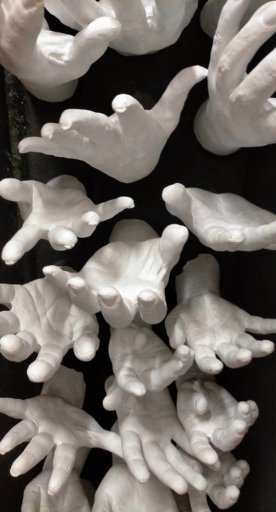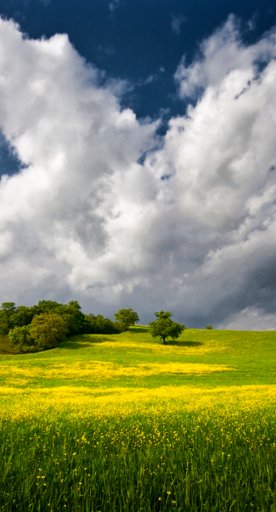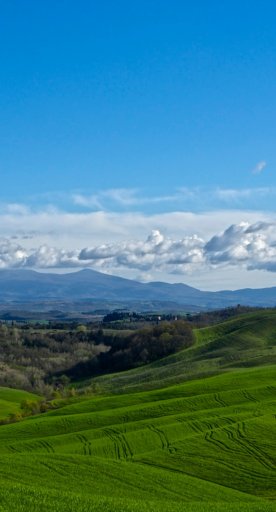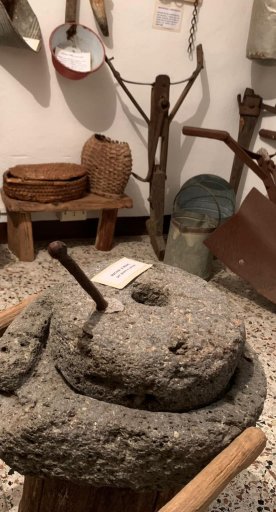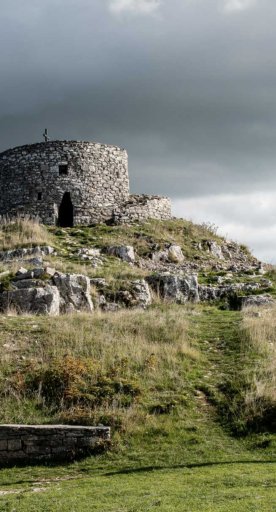
Medieval Landscape Museum
An archaeological-artistic tour to discover Arcidosso in the Middle Ages, with final access to the Aldobrandesca Tower
On the top floor of the Aldobrandesco Castle in Arcidosso is the “Medieval Landscape Museum”, an archaeological-artistic itinerary (with works by Riccardo Polveroni) that guides visitors to discover the many medieval buildings in the village and the historical figures who commissioned them: from Marquis Ugo di Toscana (970-1001), to the Aldobrandeschi counts (11th-14th centuries), to Guido Riccio da Fogliano, who conquered Arcidosso for the Republic of Siena in 1331.
The second room houses the gallery dedicated to the medieval landscape of Amiata and Maremma, where archaeological finds from the site of Castel Vaiolo (10th century) are displayed, “including the most important nucleus of ancient chestnuts recovered in excavations in Tuscany”. Throughout the tour, illustrations of architecture and town planning of the Amiata and Valle del Fiora medieval towns and the formation of the Aldobrandesca county, the historical ancestor of the current province of Grosseto, can be seen.
This museum-exhibition also presents in a broad and comprehensible way the results of the main historical-archaeological research conducted from 2000 to 2013 on the Amiata and Maremma Middle Ages by the Chair of Medieval Archaeology at the University of Florence. The material history of the Castle of Arcidosso and the historical centers of the Fiora mountains and hills (from Abbadia San Salvatore to Sovana, Pitigliano and Manciano) is re-contextualized in the framework of the Aldobrandesca County and in the Italian and European geo-political events of the 10th - 14th centuries. From its beginnings, with an important role played by Ugo di Toscana, marquis from about 960 to 1001 and ‘founder’ of our Region, to its full flowering, with the creation of the largest feudal state in central Italy and up to the fourteenth-century outcomes, with the political and military advance of Siena on the former Aldobrandesco territory.
Texts in Italian and English, tactile and conceptual accessibility for the blind and visually impaired (in collaboration with the Braille Printworks of the Tuscany Region) and a route for school-age children characterize the visit.
Continuing on the same floor we find the access to the Aldobrandesca Tower: the Tower is 28 meters high and you can climb to the top in order to enjoy the 360-degree view

